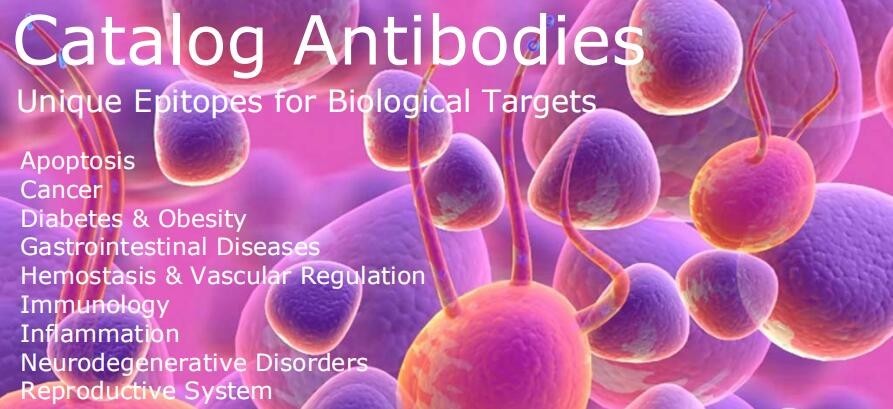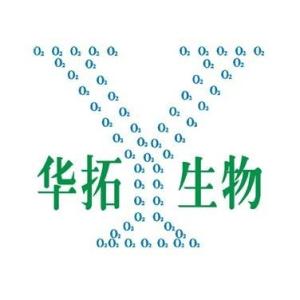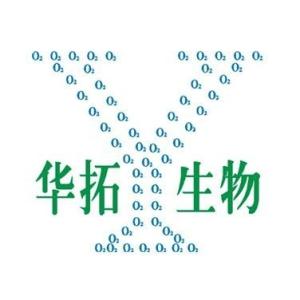- 联系人:丁经理
- 电 话:0755-26055215
- 手 机:13265824656
- 传 真:0755-86372180
- 邮 箱:order@otwobiotech.com
- 地 址:深圳市南山区创业路中兴工业城5栋518

|
- 品牌:Abbiotec
- 产地:美国
- 货号:251229
- 发布日期: 2021-01-15
- 更新日期: 2024-04-25
| 抗体名 | Angiotensin II |
| 是否单克隆 | 否 |
| 用途范围 | E, IHC, WB |
| 形态 | Each vial contains 0.1 mg IgG in 0.1 ml (1 mg/ml) of PBS pH7.4, 25% glycerol, 5 mg/ml BSA with 0.09% sodium azide. |
| 宿主 | Rabbit |
| 纯度 | % |
| 免疫原 | KLH-conjugated MAP synthetic peptide corresponding to human angiotensinogen II. |
| 产地 | 美国 |
| 品牌 | Abbiotec |
| 货号 | 251229 |
| 保存条件 | -20℃ |
| 应用范围 | E, IHC, WB |
| 保质期 | 一年 |
| 规格 | 0.1mg |
| 产品用途 | 科研 |
| 适应物种 | H M R |
| 亚型 | IgG |
| 浓度 | % |
| 是否进口 | 是 |
产品背景
Angiotensin II is an essential component of the renin-angiotensin system (RAS), a potent regulator of blood pressure, body fluid and electrolyte homeostasis. In response to lowered blood pressure, the enzyme renin cleaves angiotensinogen to produce angiotensin I (angiotensin 1-10). Angiotensin I is a substrate of ACE (angiotensin converting enzyme) that removes a dipeptide to yield the physiologically active peptide angiotensin II (angiotensin 1-8). Angiotensin II acts directly on vascular smooth muscle as a potent vasoconstrictor, affects cardiac contractility and heart rate through its action on the sympathetic nervous system, and alters renal sodium and water absorption through its ability to stimulate the zona glomerulosa cells of the adrenal cortex to synthesize and secrete aldosterone. Genetic variations in angiotensin II are a cause of susceptibility to essential hypertension (EHT). Essential hypertension is a condition in which blood pressure is consistently higher than normal with no identifiable cause.
别名Alternate Names
Ang-II; Ang II; Angiotensin II; Angiotensin-2; AGT; Angiotensinogen; Serpin A8
应用说明Application Notes
E: 1:500-1:1,000; WB: 1:100-1:500; IHC: 1:100-1:500
引用文献Product Citations
[1] Zhang H et al. 2017. J Neuroimmunol. PMID 29169800. [2] Guo W et al. 2016. PLoS One. 11(4): e0153434. PMID 27073902. [3] Wang C. et al. 2015. J Cardiovasc Pharmacol. 66(3):285-293. PMID 25955575. [4] Wang C et al. 2015. Acta Biochim Biophys Sin. PMID 26071572. [5] Matsuura-Hachiya Y et al. 2013. Biochem. Biophys. Res. Commun. 442(1-2):34-43. PMID 24216112.








